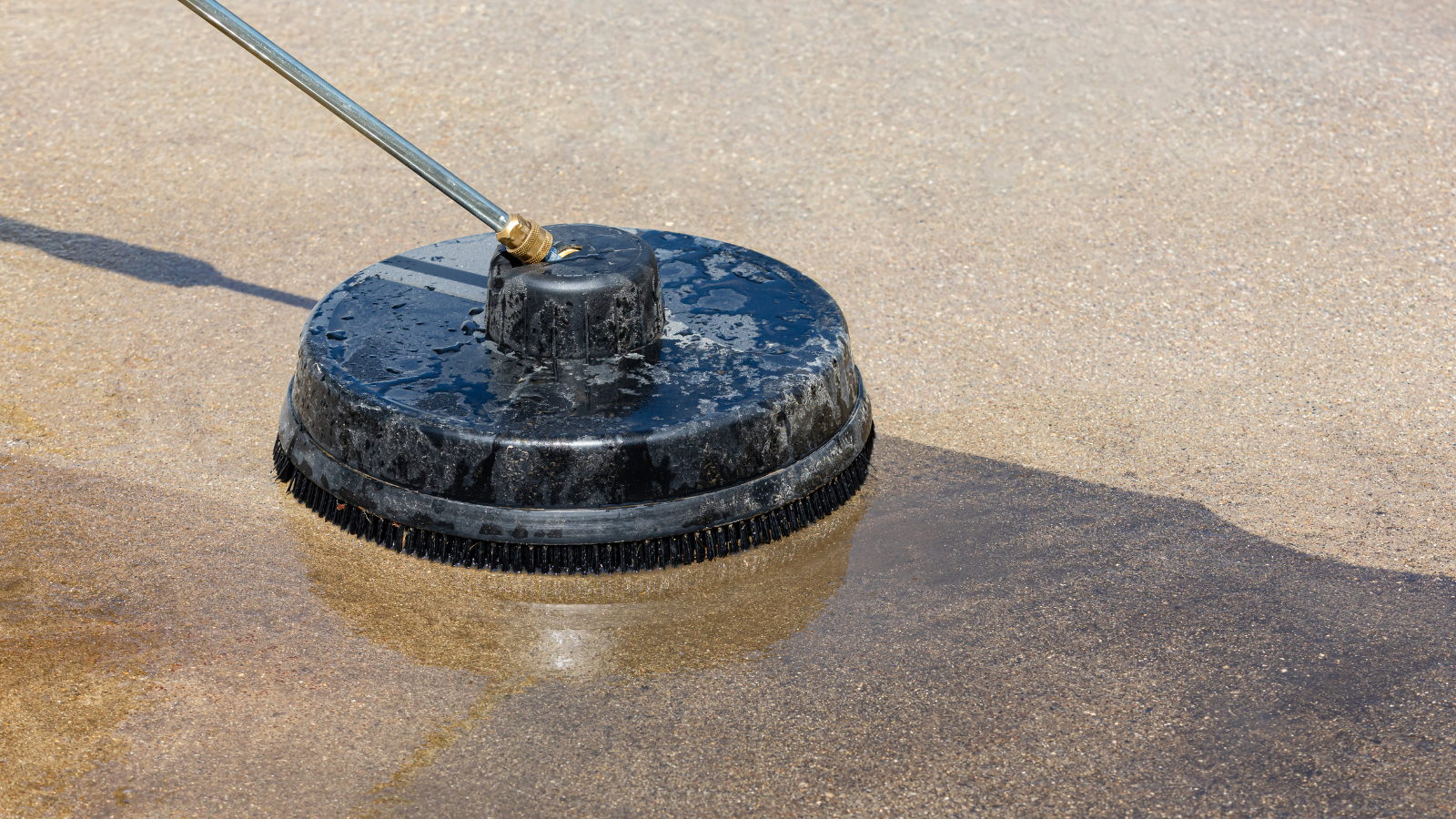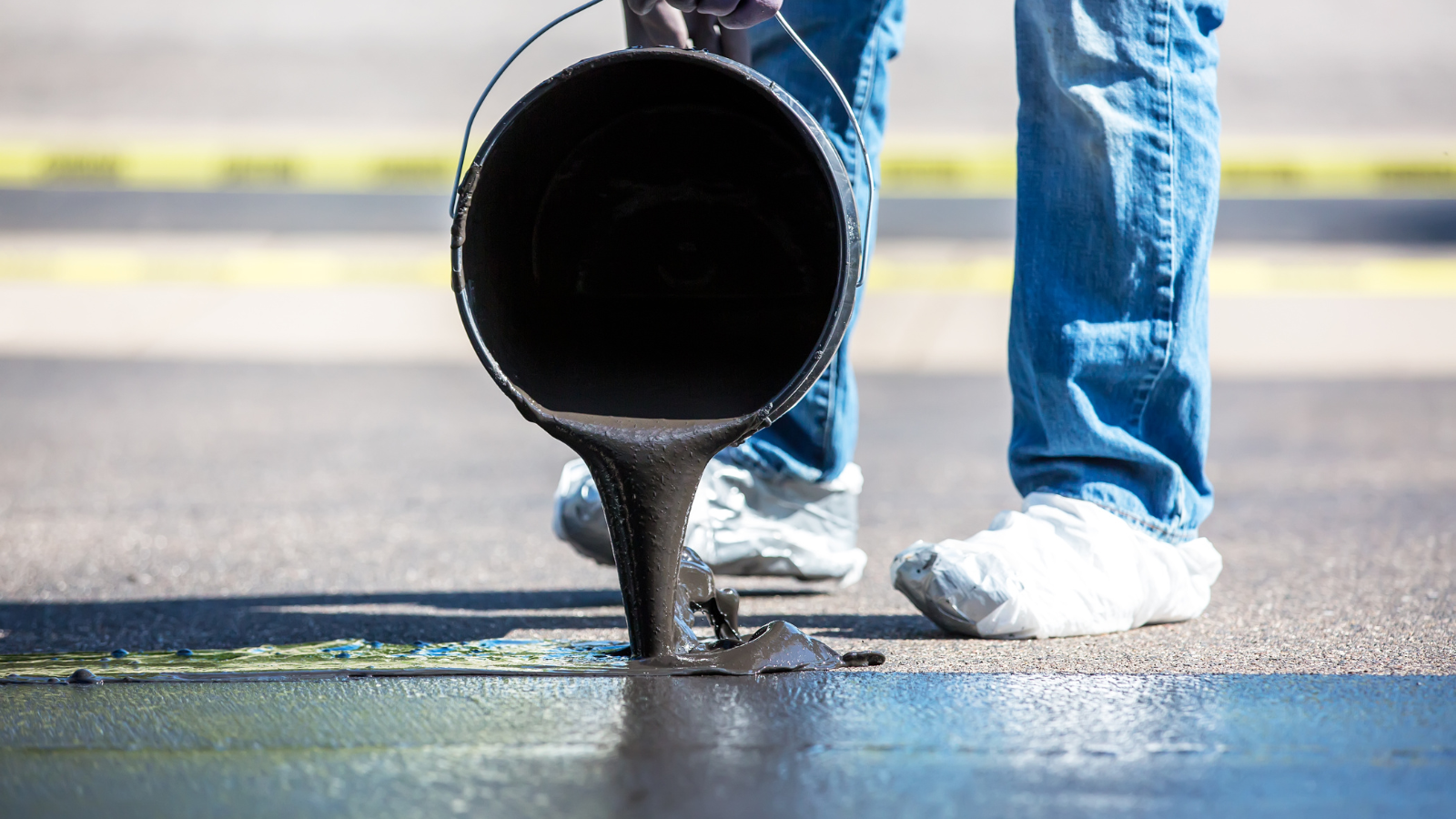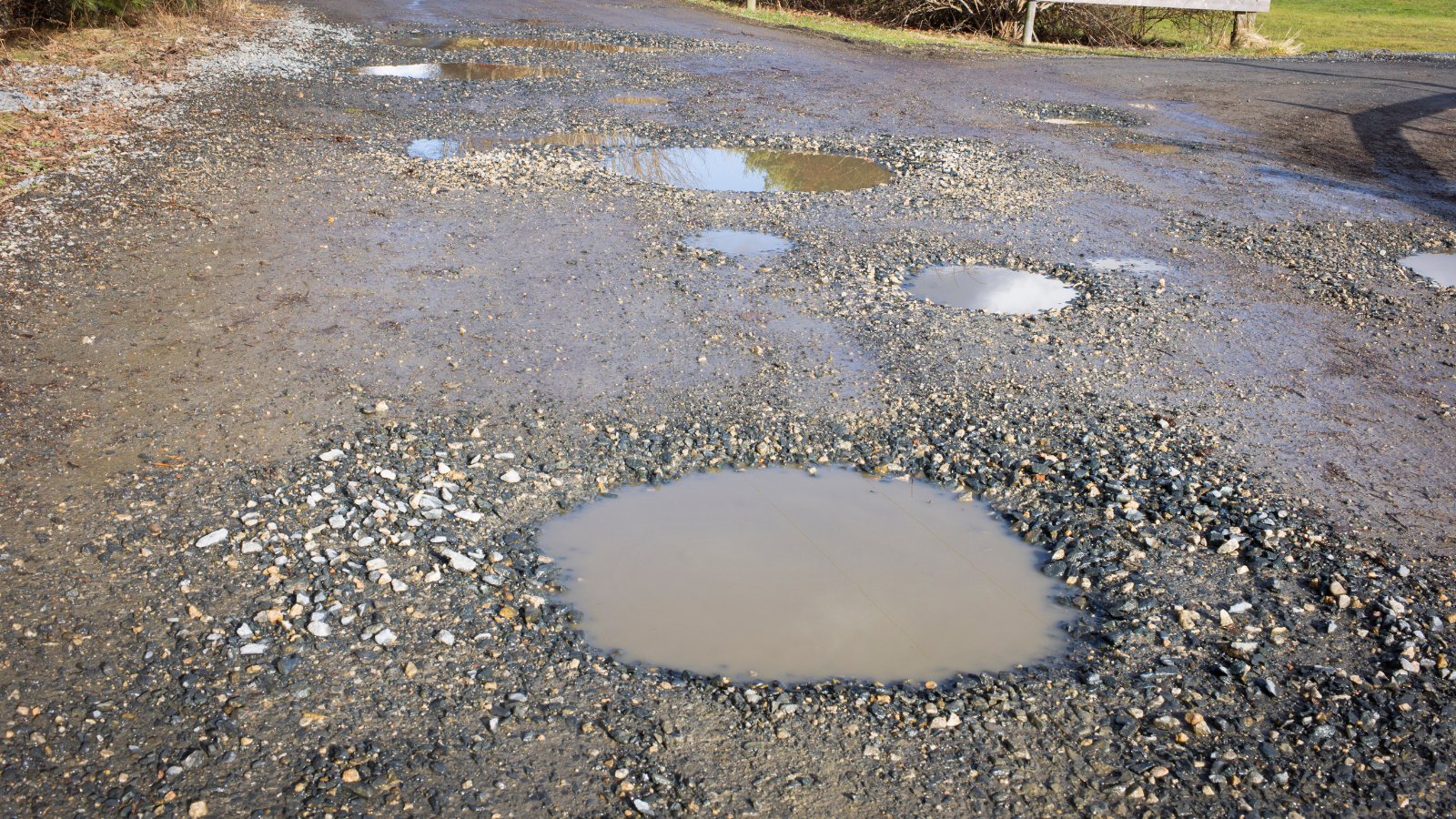Tar-and-chip driveways, also known as chip seal driveways, offer a unique and cost-effective alternative to traditional asphalt. With their rustic appeal and durable nature, these driveways are popular for homeowners seeking a low-maintenance option. However, like any other surface, tar-and-chip driveways need to be handled with some caution to keep them in excellent shape. This blog article will discuss how to maintain a tar-and-chip driveway, tips for effective upkeep, errors to prevent that could cause harm, and answers to common questions.
When it comes to paving, Elizabeth Paving stands out for excellence. We promise timely, high-quality, and courteous service, with the owners actively overseeing each project. Enjoy the convenience of FREE estimates for any job. Reach out to us, and we’ll respond swiftly to your needs. Connect with an expert today! 908-458-9401
How Do You Maintain a Tar-and-Chip Driveway?
1. Regular Cleaning:
Keeping your tar-and-chip driveway clean is crucial to its longevity. Sweep away leaves, dirt, and debris regularly to prevent these materials from embedding into the surface. During autumn, it’s especially important to remove fallen leaf matter, since it can retain moisture and cause staining or deterioration of the driveway.
2. Resealing When Necessary:
Over time, the protective layer of tar on your driveway may wear down. To maintain its appearance and functionality, it’s advisable to reseal the surface every 5 to 7 years. Resealing helps to prevent water penetration, which can lead to cracks and potholes.
3. Filling Potholes and Cracks:
Even with proper maintenance, minor cracks and potholes can result from typical deterioration or the weight of heavy vehicles. Address these issues promptly by filling cracks and potholes with appropriate materials to prevent further damage. Postponing repairs may result in more involved and expensive problems down the line.
4. Managing Weeds and Grass:
Weeds and grass can grow in the gaps between the stones in your tar-and-chip driveway. Regularly check for any signs of growth and remove weeds promptly. Using a weed killer can help prevent them from returning.
5. Avoiding Heavy Loads:
Tar-and-chip driveways are durable but not as strong as concrete or full asphalt driveways. Don’t leave large or heavy machinery parked in the driveway for a long time. as this can cause indentations and damage the surface.
Tar-and-Chip Driveway Maintenance Tips and Mistakes to Avoid
Do’s:
Do Practice Preventive Care: Regular inspections and immediate repairs are key to extending the life of your driveway. The sooner you address minor issues, the less likely they are to escalate into major problems.
Do Keep the Driveway Edges Clean: Edges are often prone to wear and tear. Keeping them free of grass and weeds can help maintain the driveway’s structural integrity.
Do Use a Leaf Blower: Using a leaf blower is an effective way to clear debris without damaging the driveway’s surface.
Don’ts:
Don’t Use Harsh Chemicals: Using harsh chemicals or de-icing agents can deteriorate the tar, leading to cracks and weakening the driveway. Rather, use sand or cat litter to provide traction during winter.
Don’t Ignore Drainage Issues: Proper drainage is crucial to prevent water from pooling on your driveway. Ensure that your driveway is graded correctly and that gutters and downspouts are directing water away from the surface.
Don’t Use Metal Shovels for Snow Removal: Metal shovels can scrape and damage the surface. Use a plastic or rubber-tipped shovel to clear snow, or consider using a snow blower.
FAQ
Q1: How often should I reseal my tar-and-chip driveway?
A: Resealing your tar-and-chip driveway every 5 to 7 years is recommended to maintain its appearance and prevent water damage.
Q2: Is it possible for me to clean my tar-and-chip driveway?
A: It’s best to avoid using a high-pressure washer, as it can dislodge the stones and damage the surface. A regular garden hose and a broom should suffice for cleaning.
Q3: What should I do if I notice a large pothole forming?
A: Address potholes as soon as you notice them. You can fill smaller potholes yourself with tar-and-chip patching materials, but for larger or more complex repairs, it’s advisable to hire a professional.
Q4: Are tar-and-chip driveways suitable for all climates?
A: Tar-and-chip driveways perform well in various climates, but they may require more frequent maintenance in regions that experience severe weather, such persistent rain or intense heat.
Q5: Can I apply tar-and-chip myself, or should I hire a professional?
A: While small repairs can be managed by homeowners, applying a new tar-and-chip layer or resealing is a job best left to professionals to ensure proper application and durability.
Conclusion
Maintaining a tar-and-chip driveway is relatively straightforward, but it does require regular attention to ensure its longevity and appearance. By following the do’s and avoiding the don’ts of tar-and-chip driveway maintenance, you can enjoy a durable and aesthetically pleasing driveway for many years to come. Remember, preventive care is always better than costly repairs, so keep a close eye on your driveway and deal with any problems as they come up. With the right approach, your tar-and-chip driveway can keep improving your home’s curb appeal home, providing a charming and functional surface for your vehicles and guests.







